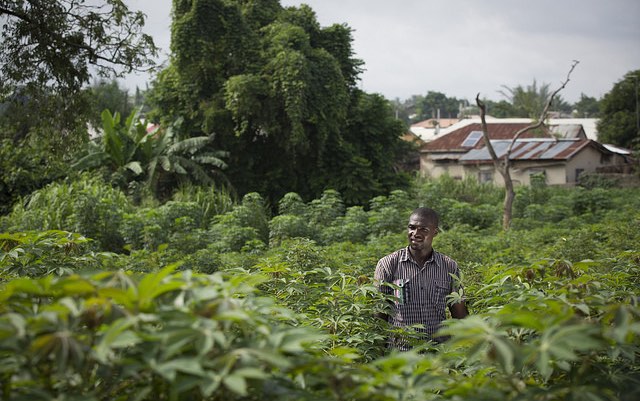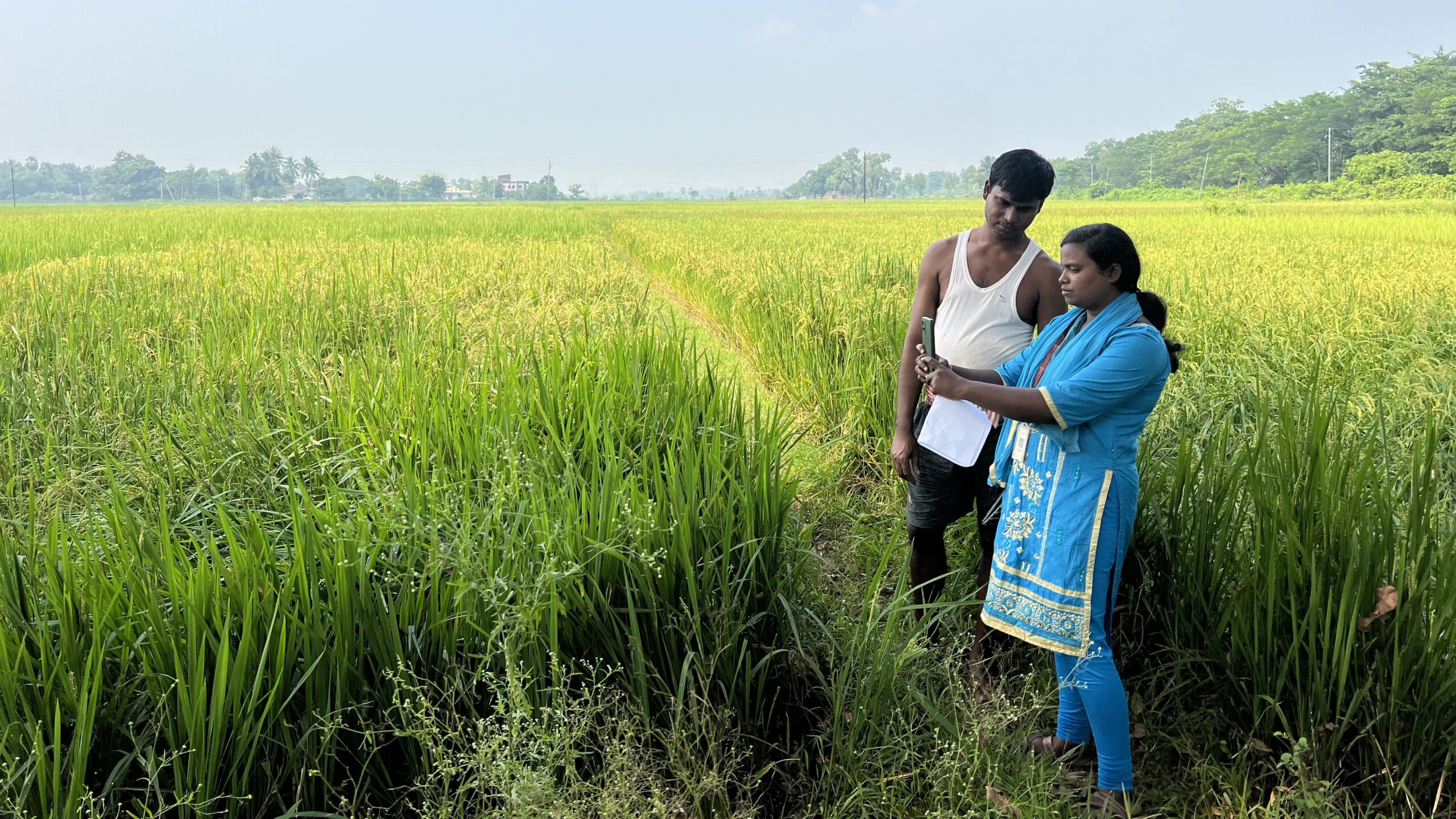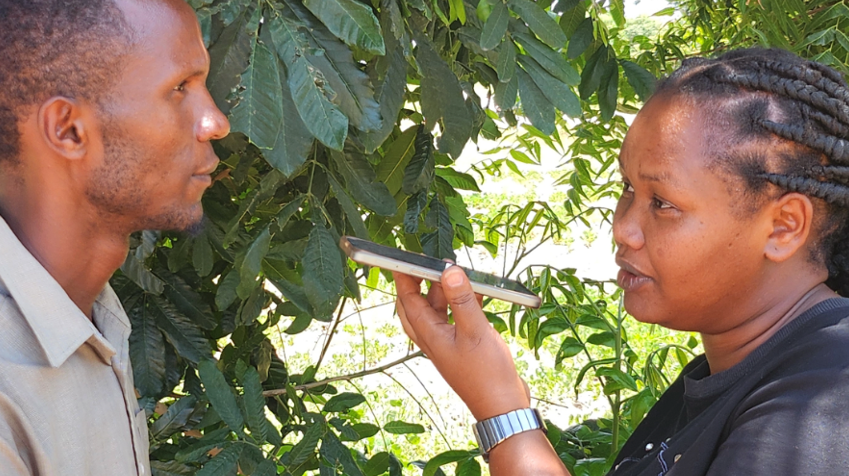Food security and nutrition are directly or indirectly related to all the Sustainable Development Goals (SDGs) and can be considered a prerequisite to sustainable development. It is thus imperative to accelerate progress on eliminating hunger and all forms of malnutrition by 2030 to pave the way for achieving all the SDGs.
As we observe World Food Day (Oct. 16) it is important to note that despite substantial progress in defeating hunger over the past decade, the gains have slowed in recent years—with an increase in the global undernourished population from 784 million in 2014 to nearly 821 million in 2017.
Africa and Asia, home to the largest numbers of the hungry and malnourished in the world, are in the midst of a rapid nutrition transition where hunger and obesity exist side by side—in fact, obesity is rising faster than undernutrition is declining.
Latin America and the Middle East are also witnessing rapid increases in overweight and obesity, particularly among children and women.
Overcoming the multiple burdens of malnutrition—including stunting, wasting, micronutrient deficiencies, overweight and obesity, and diet-related non-communicable diseases—will require innovations that reshape food systems beyond business-as-usual.
Crop-sensing technologies and climate-resistant crops
Innovations are key to accelerating progress for a sustainable and healthy food future. Multiple-win and game-changing technologies are key drivers of innovation in food systems, while policies and institutions are central to creating enabling environments.
Multiple-win technologies need to be promoted, and one way is to invest in evidence-based technologies. Crop-sensing technologies help with fertilizer efficiency by assessing plant nitrogen needs. Such technology has, in Mexico, increased profit by $37/hectare and avoided over 9,500 tons of greenhouse gas emissions for wheat farmers.
Improved, climate-resilient crop varieties, such as cassava varieties in Nigeria, are early maturing, pest- and drought-resistant, and have increased yields by over 60 percent. Technologies that are nutrition-driven or nutrition-sensitive, such as biofortification, provide vitamin- and mineral-rich crops in over 30 countries.
Lab-grown meat or alternatives reduce environmental impact
Equally important will be scaling up new and established game-changing technologies. Alternative proteins, or lab-grown meat have the potential to significantly reduce the environmental impact and health risks associated with rising over-consumption of animal products. Research shows that producing cultured meat can mean 96 percent lower GHG emissions and water use, and 99 percent lower land use compared to conventional meats.
Gene sequencing and editing, the cost for which has been declining rapidly, can play a vital role in improving agriculture in challenging climates through seed improvements. Big data and analytics are also key to lower transaction costs and improve monitoring for all actors along the food value chain, from producers, processors, to consumers.
Institutions must support policies for ending malnutrition
At the same time, policies and institutions require innovative approaches to create enabling environments. Policy reforms are key to increase the availability and affordability of healthy foods. Increased investment in research and development is needed for nutritious foods, like fruits, vegetables, beans, dairy, and fish.
Subsidies for agricultural inputs and staple crops should instead be utilized to support incomes of vulnerable groups or the production of healthy foods, to account for higher prices of healthy foods.
Promote healthy diets by reducing taxes on fruit and vegetables
To incentivize healthy diets, promoting taxes on emissions-intensive foods, like meat and dairy, while exempting health-critical food groups like fruit and vegetables to protect food and nutrition security in developing countries, would reduce diet- and weight-related risk factors while decreasing environmental footprint. Nutrition-targeted social protection, especially combined with behavior change communication, can contribute to improved nutrition as seen in Bangladesh .
Furthermore, strong institutions are key to closing gender gaps. Tools like the Women’s Empowerment in Agriculture Index (WEAI), which measures women’s empowerment, agency, and inclusion in agriculture, will play a critical role in identifying current gaps and constraints. Similarly, enhanced monitoring and accountability of the government is important to track our progress, and we must leverage the data revolution and big data analytics for quality, evidence-based evaluation.
To ensure a sustainable and healthy food future and accelerate progress towards ending hunger and malnutrition, robust evidence, good governance, and strong commitment from all stakeholders are crucial.
Shenggen Fan is Director General of IFPRI. This post also appears on the Global Cause site.







